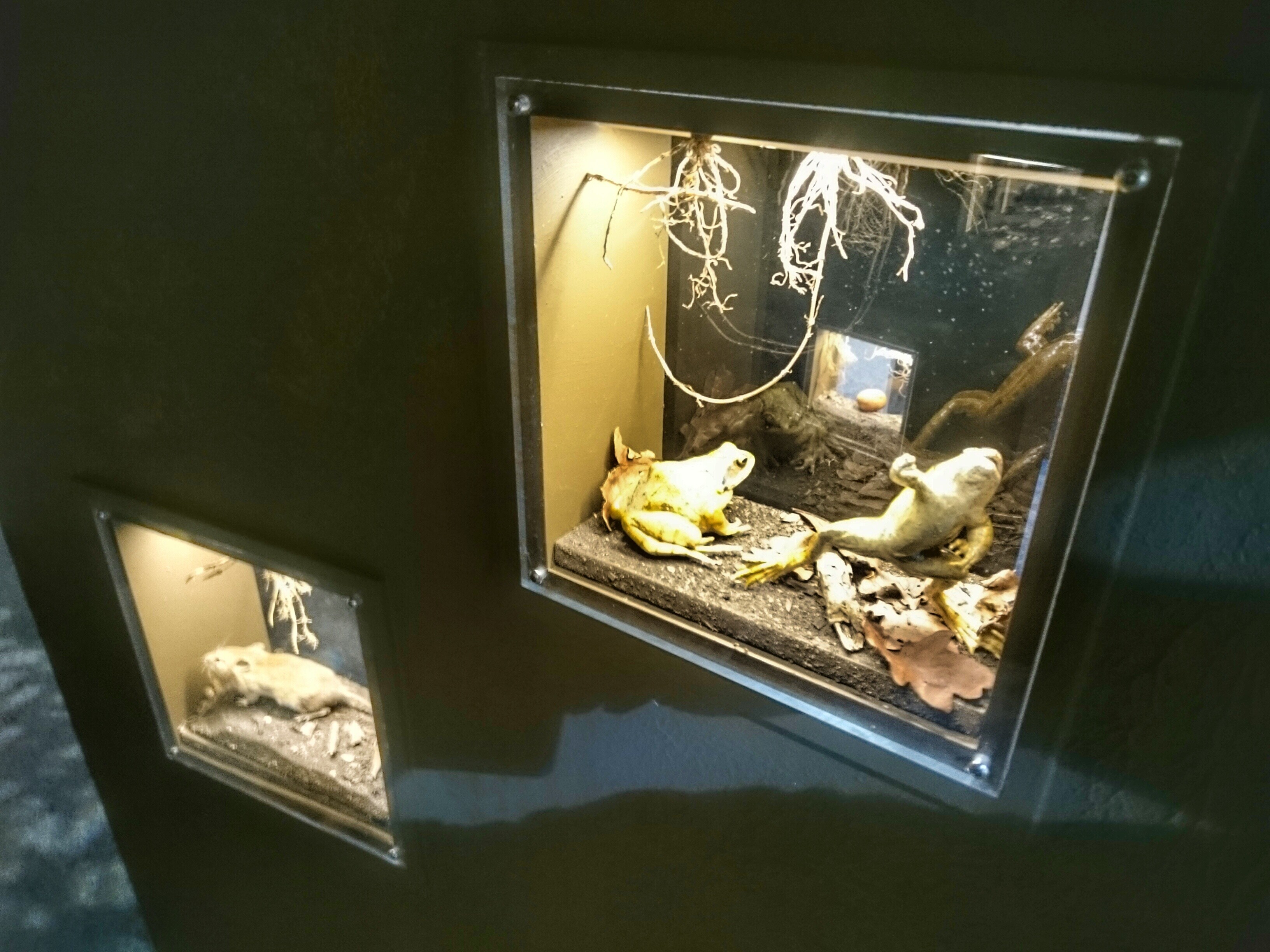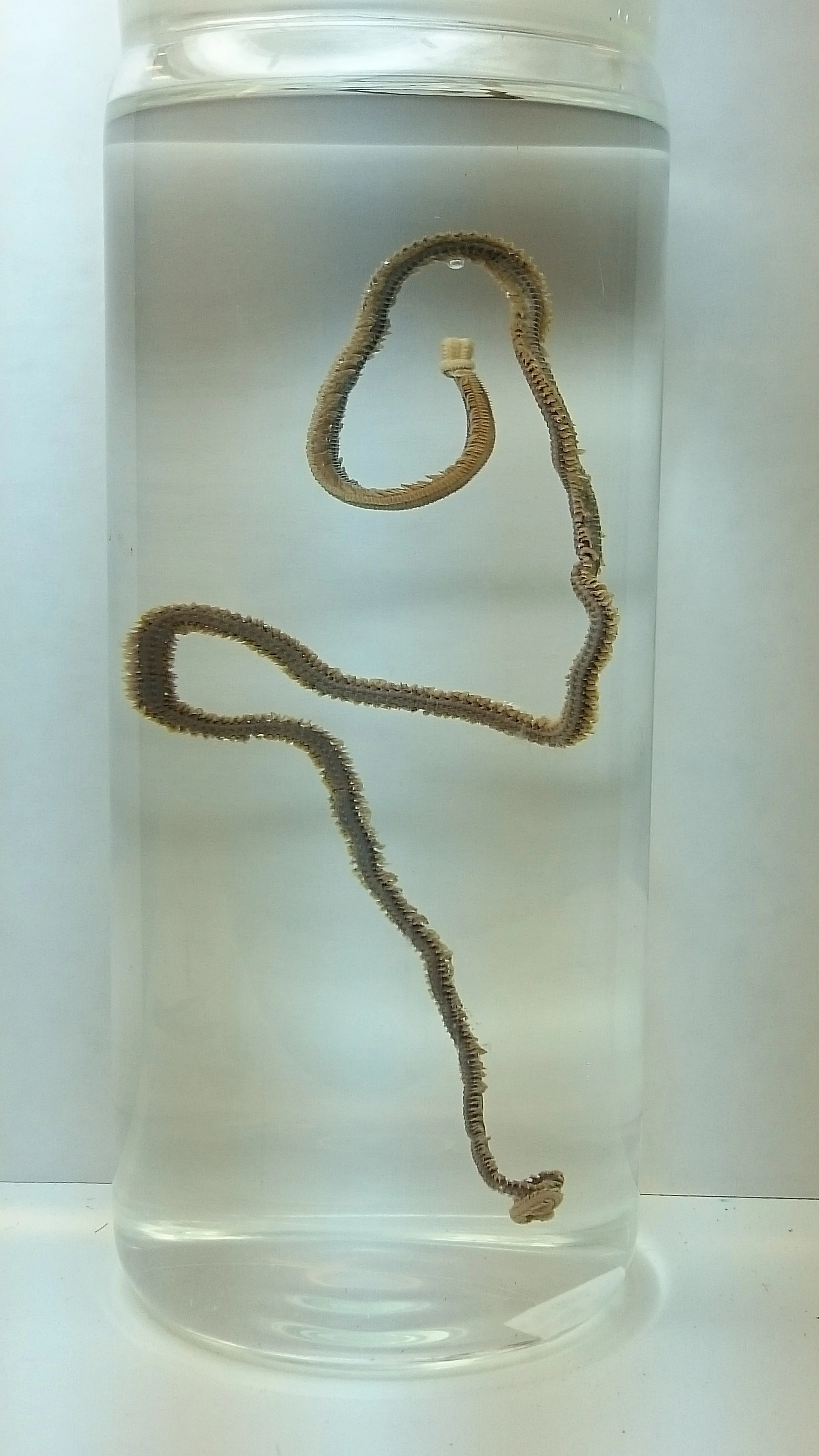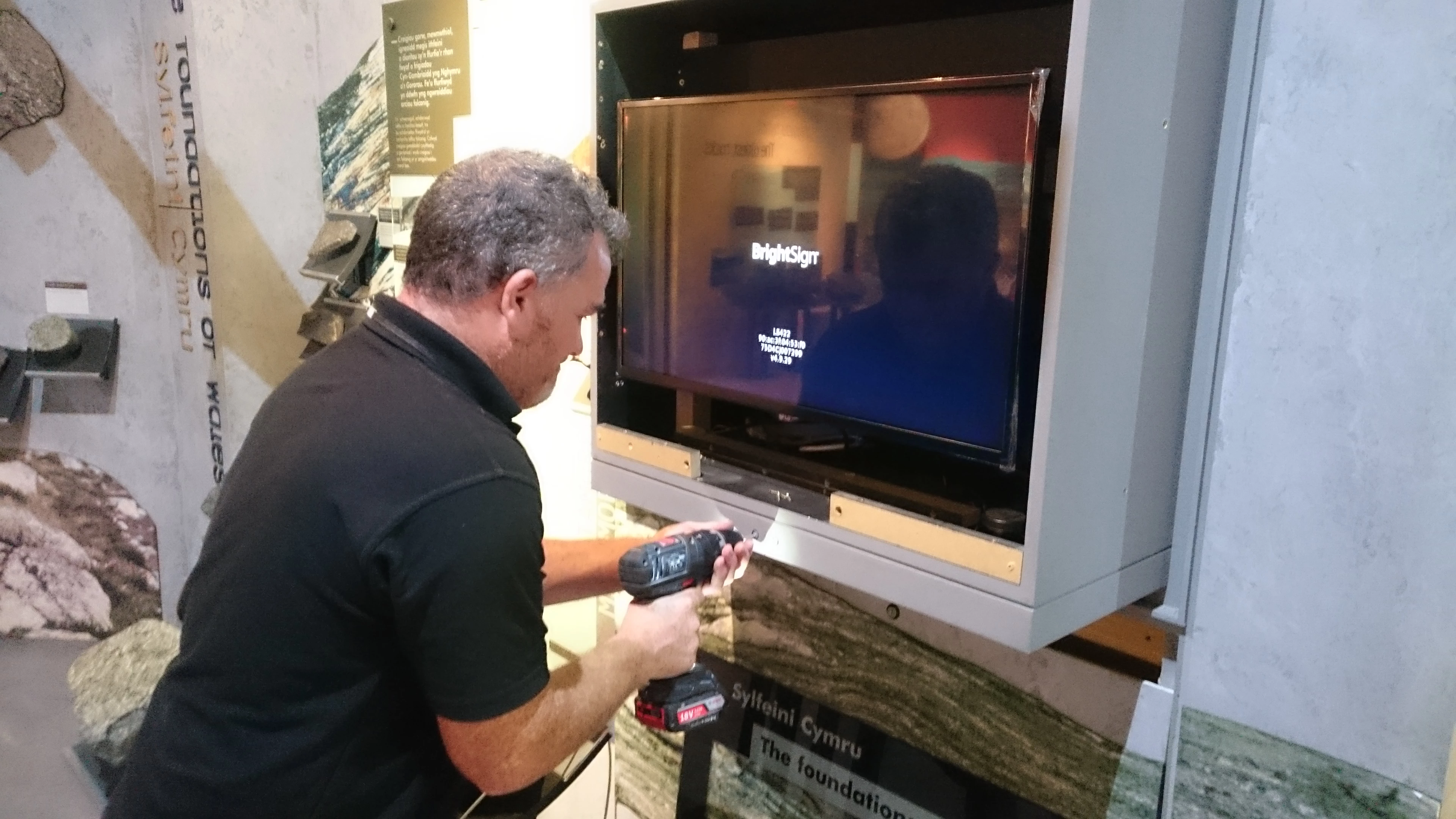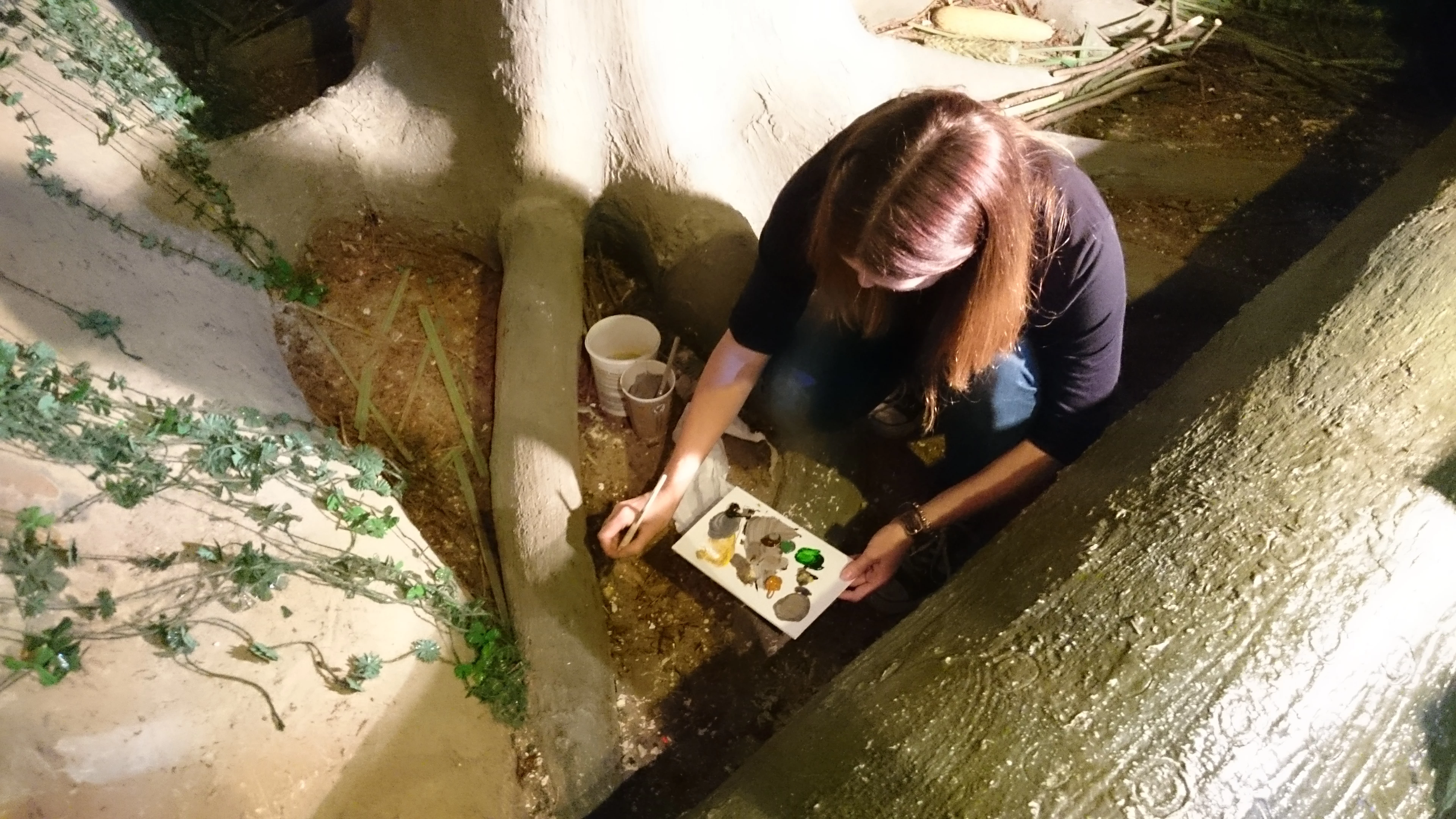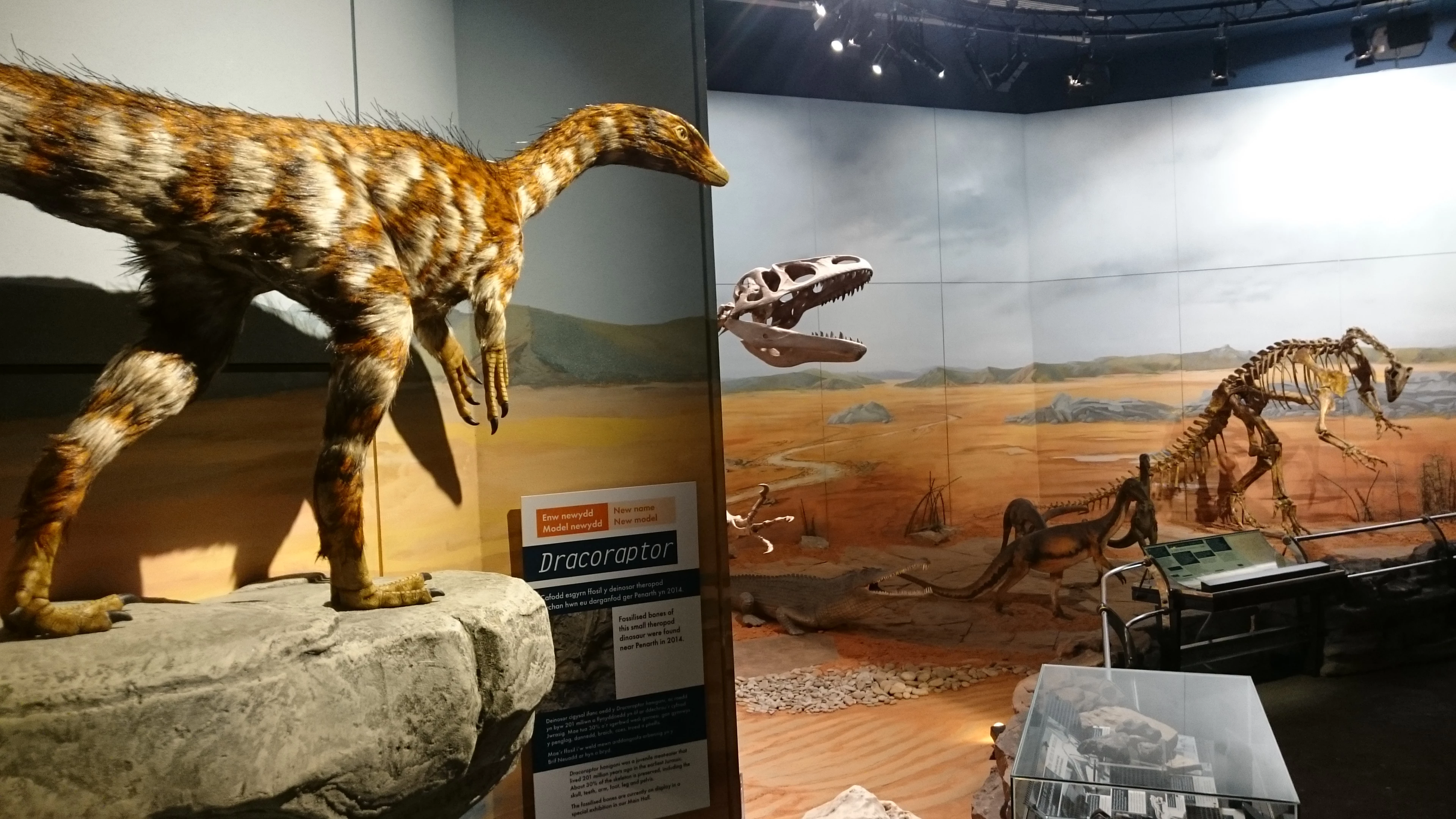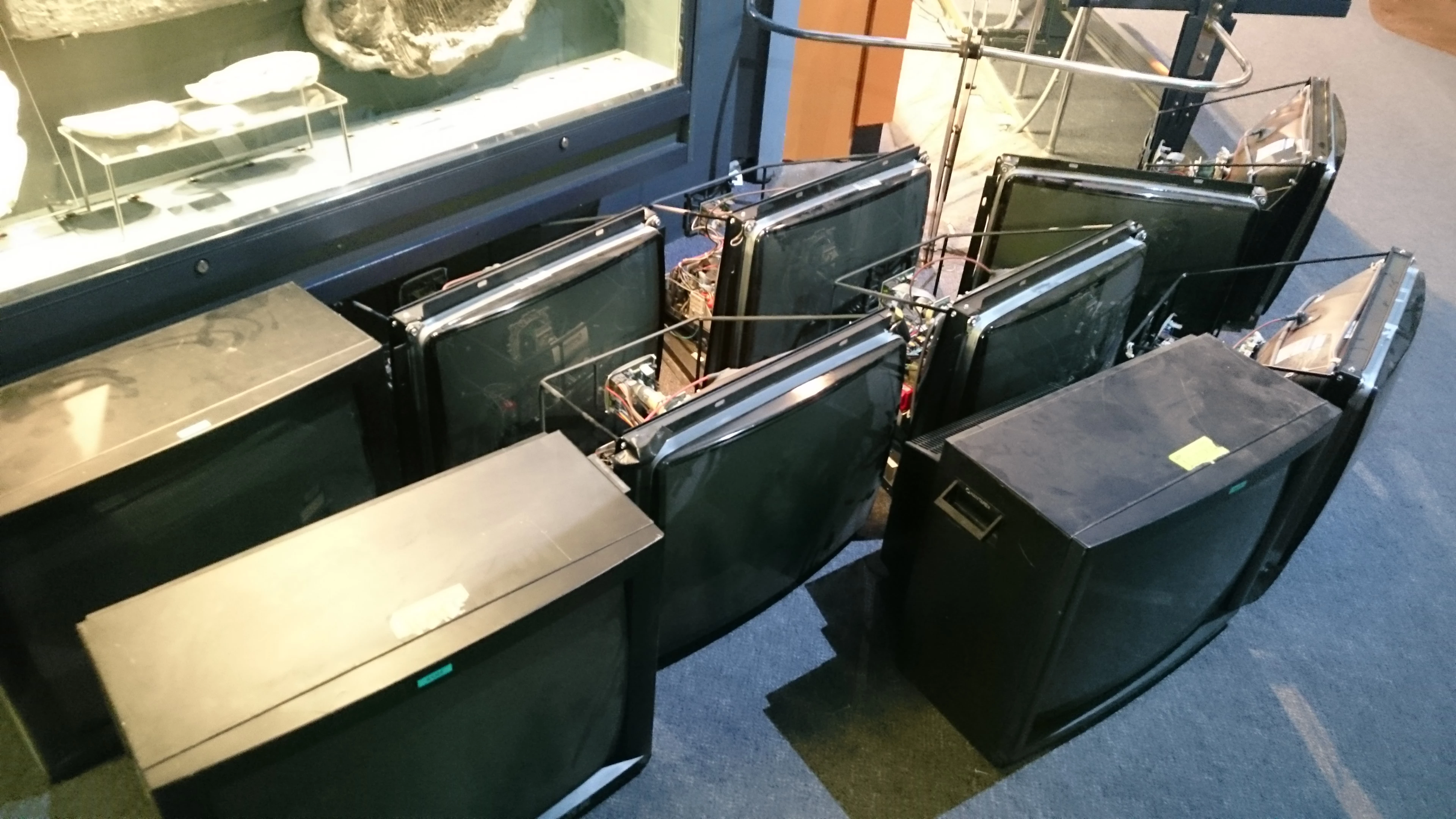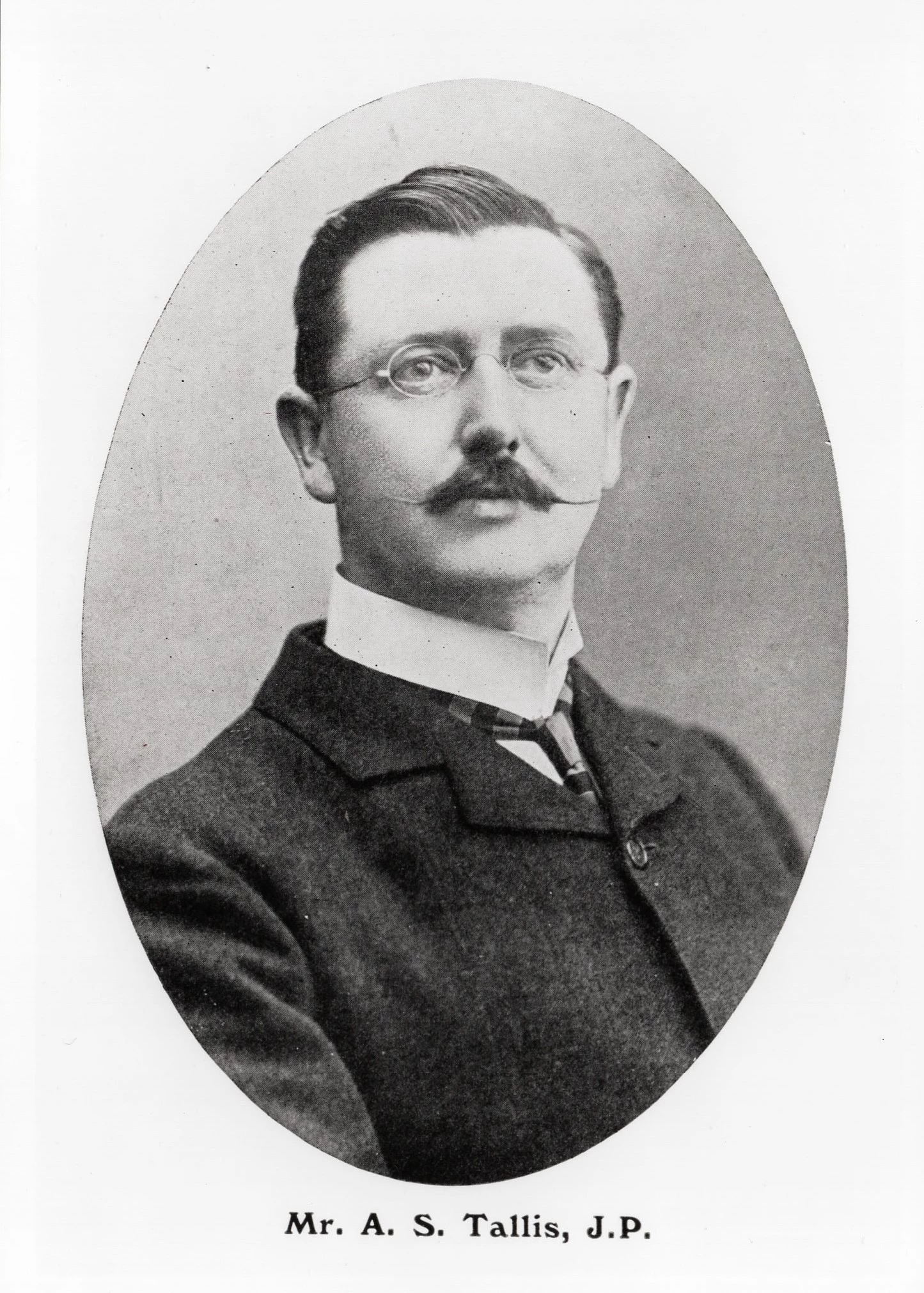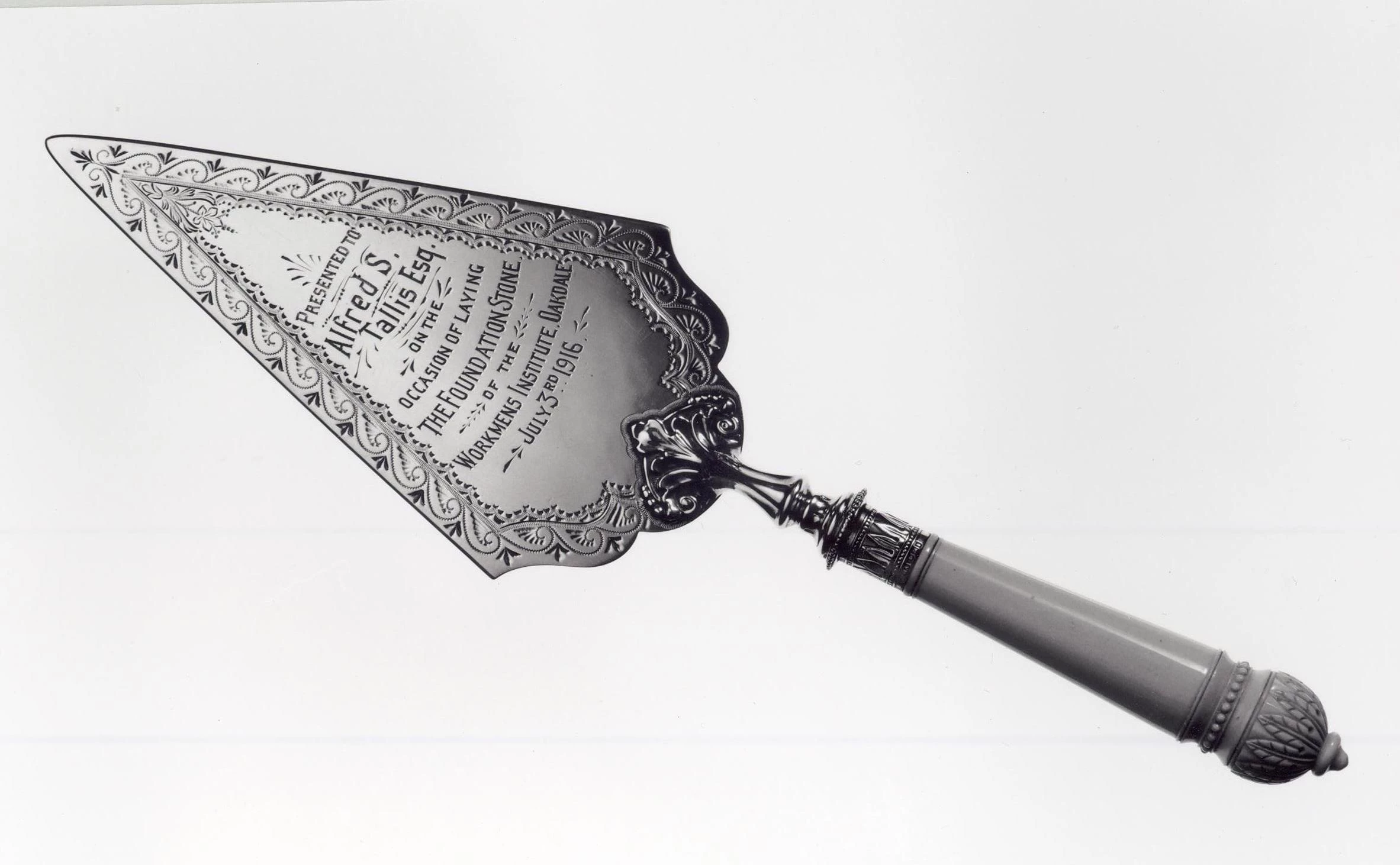Glamming up the worms!
, 8 Gorffennaf 2016
Our exciting, family-friendly exhibition ‘Wriggle’ has recently opened delving into the wonderful world of worms. Producing this exhibition has taken many months of planning, hard work and some excellent teamwork.
The natural science conservators have been very much part of that team, and in the run up to the opening we were very busy working on numerous specimens and creations. My talented colleague Annette focused on creating the beautiful mini dioramas and other displays in the wonderful ‘wriggloo’ center piece. However my role was to work on ‘glamming’ up the worms from our fluid preserved collections!
Fluid preservation, or ‘pickling’ as it is affectionately called, is an important means of preserving many of our specimens. The fluid stops decay and helps preserve the whole 3D form of an animal or plant specimen. Many different fluids can be used but the familiar and commonly used ones are chemicals like ‘formalin’ or alcohol.
Unfortunately there can be many problems to using fluid preserved specimens in display. Whilst the 3D shape is kept, colour cannot be properly preserved. Also many of the chemicals used are potentially toxic and need to be avoided in a public environment. Thus the challenge is to make that brownish, stringy shape in the bottom of a jar safe to display and to look like the worm it is!
Working closely with our worm curators we first established where the specimen was going to be displayed in the exhibition. It was then a case of working through the selected specimens for use in the exhibition and deciding how best they could be displayed.
The overall aim was to make the worms look smart! So we used our best museum jars of beautifully craft borosilicate glass made by a British company called Dixon glass. We also have a stock of rectangular jars called ‘battery’ jars. These are very difficult to obtain but make wonderful display jars. Fluids were changed where required and a number of techniques used to display the worm clearly in the jar so that the visitor can see it at its best.
The result is a rich mix of real specimens embedded in a family friendly and interactive exhibition - it is always very pleasing to be able to display a part of the science specimens in a gallery situation.
If you visit the exhibition then please do take a close look at the diversity of all these worms, and we very much hope you enjoy the visit.
